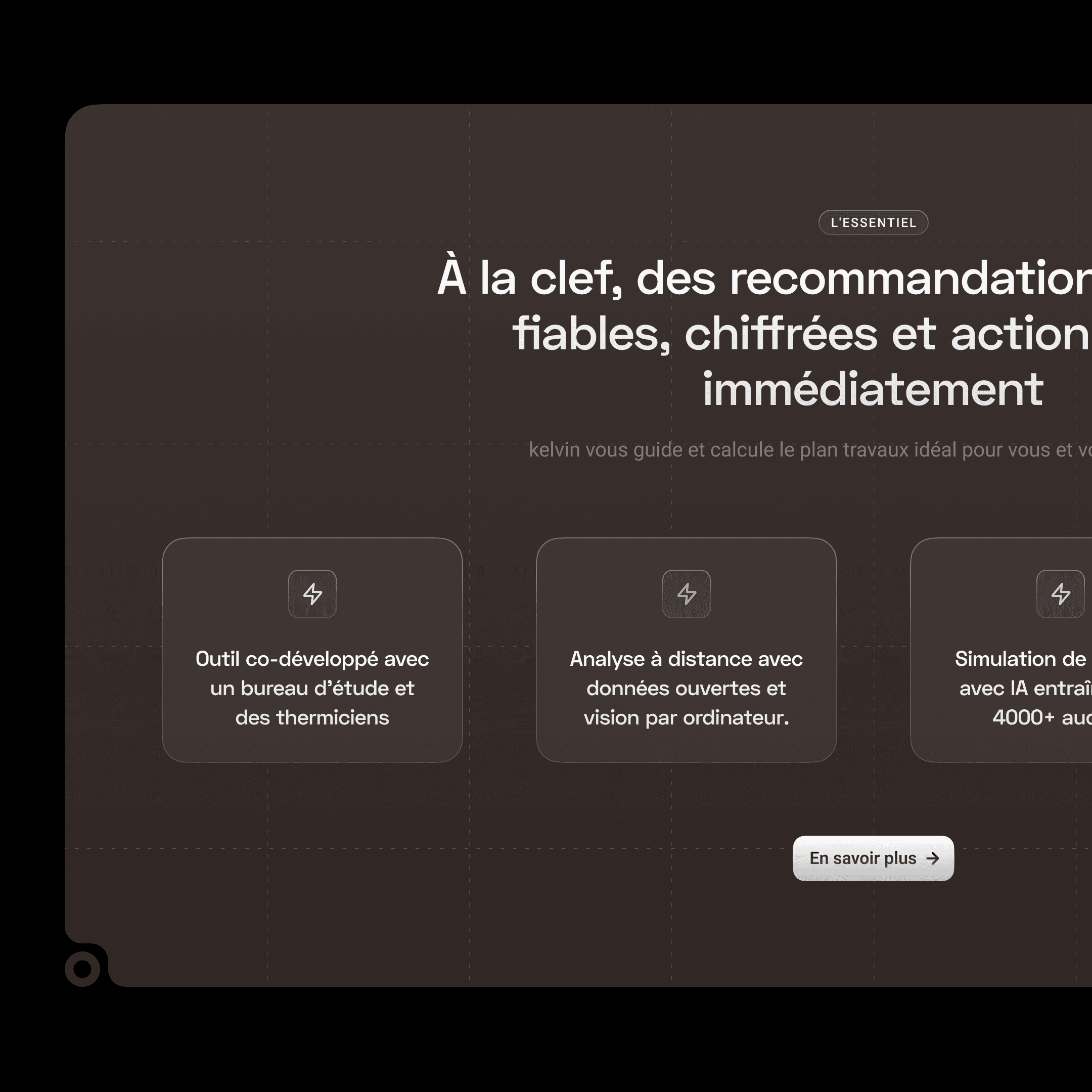Scaling Your Brand Without Losing Your Identity: The Ultimate Guide
Scaling a brand is much like hosting a grand soirée. You want the guest list to grow, the conversation to flourish, and the champagne to flow endlessly. But the trick? Ensuring that even as your brand stretches its arms wide, it remains unmistakably yours—a beacon of authenticity amidst a sea of rapid growth and high stakes. In the world of scaling, many a promising brand has drowned in the currents of change, while the select few have managed to stay anchored, their true essence as immaculate as a Savile Row suit. Let’s dive into the ritzy world of scaling without sacrificing the core of who you are.
The Allure of Expansion
Ah, scaling—a word that evokes both excitement and trepidation in the heart of any brand founder. Expansion whispers promises of increased revenue, extended influence, and global acclaim. It’s akin to moving from one’s quaint townhouse to a sprawling manor, complete with manicured gardens and a room for every whim. Yet, much like real estate, scaling a brand comes with its own set of headaches. While it’s tempting to say ‘yes’ to every opportunity, it’s equally important to ensure these expansions align with your brand’s core values.
As one of London’s elite marketing moguls aptly put it, “Scaling should feel like upgrading to the penthouse, not abandoning the townhouse altogether.”
Keep Your Core Values In Your Pocket Square
When scaling, your core values are akin to a pocket square—a subtle but essential touch that must be present at all times. They define who you are, what you stand for, and why people love your brand. Whether you’re a bespoke tailoring house or a tech-savvy disruptor, your values should act as the compass guiding every decision, ensuring that growth doesn’t come at the expense of identity.
Case Study: Burberry’s Revival
Consider Burberry’s rise from the ashes of its own dilution. Once the symbol of British luxury, it was fast becoming an emblem of ubiquity. The check pattern—once a mark of prestige—had become almost commonplace. What saved Burberry? Its ability to reconnect with its heritage. Under the watchful eye of a visionary new leadership, the brand returned to its roots: Britishness, quality, and exclusivity. The Burberry check was revived, but in a way that felt rarified, bringing it back to its status as a symbol of the elite.
The lesson? When scaling, revisit your origins. Ask yourself: “What made my brand desirable in the first place?” and “How can I preserve that allure as we grow?”
Beware the Temptation of Trends
In the glamorous game of brand growth, the temptation to chase trends is ever-present. With the rise of influencer marketing and TikTok campaigns, brands often find themselves caught in the whirlwind, trying to replicate the latest viral sensation. But, as any seasoned partygoer knows, chasing every trend is a surefire way to lose your mystique. After all, no one remembers the host who’s always chasing someone else’s vibe—they remember the one who sets their own.
Instead, use trends as a tool, not a map. Incorporate elements of what’s ‘in,’ but always filter them through your brand’s lens. Dior, for instance, seamlessly integrated elements of streetwear into its collections. But rather than jumping onto the hype train, the brand merged street aesthetics with its legacy of Parisian chic. The result? A product that felt fresh yet unmistakably Dior.
The Art of Selective Partnership
In the upper echelons of society, who you associate with says as much about you as the name on your calling card. The same principle applies to scaling a brand. When considering partnerships, collaborations, or even investor opportunities, it’s vital to choose allies that align with your brand ethos. The wrong partnership can dilute your identity faster than you can say, “corporate sell-out.”
Luxury brands have long understood this, and their collaborations are often carefully curated affairs. Think of the impeccable synergy between Louis Vuitton and Supreme—two brands from seemingly different worlds that managed to create something that spoke to both their audiences. The key was a shared value system and an understanding of exclusivity.
On the other hand, partnerships that feel forced or opportunistic can be disastrous. Remember when high-end champagne brand Dom Pérignon attempted a partnership with a fast-food chain to create an “elevated drive-thru experience”? Neither brand’s clientele understood the move, and it was quickly branded as a stunt, leaving both parties to retreat to their respective corners, reputations slightly bruised.
The takeaway? Align yourself with partners that elevate your brand rather than compromise its integrity. In other words, always check the guest list before agreeing to co-host.
Scaling Isn’t Just About Size—It’s About Depth
In the rush to expand, many brands focus solely on reaching new markets or increasing their product line. While this may bring in more eyes, it doesn’t necessarily foster loyalty. Remember, true brand affinity comes not from the width of your reach but from the depth of your connection with your audience.
Take a leaf out of the book of The Ritz-Carlton, one of the world’s most recognizable luxury brands. As it expanded globally, it didn’t merely replicate its existing model in each new location. Instead, it infused local flavor into each new property, blending The Ritz’s opulent ethos with regional culture. In Kyoto, you’ll find traditional tea ceremonies and Zen gardens; in Istanbul, Turkish hammams and Ottoman-inspired design. The brand’s ability to grow while adapting to and respecting local cultures only deepened its reputation for delivering a uniquely luxurious experience.
For scaling brands, this means taking the time to understand new audiences rather than simply plastering the same message across every new platform. Tailor your approach, respect the local nuances, and deepen your brand’s impact rather than simply widening its footprint.
Protecting Your Aesthetic as You Scale
Style and substance are intertwined, and scaling often puts both to the test. A brand’s aesthetic—its visual identity, voice, and the feeling it evokes—must remain consistent even as the brand stretches into new markets and mediums. This is where many brands stumble, adopting generic aesthetics to appeal to the mass market. But as we know, nothing dulls the sparkle of exclusivity like trying to please everyone.
Think of a brand like Chanel. No matter where in the world you encounter it—whether on the streets of New York, the Champs-Élysées, or via their digital campaigns—the aesthetic remains cohesive. The black and white palette, the elegance, the hint of rebellious femininity—it’s all distinctly Chanel. The brand’s consistency across its global empire is what gives it that unshakeable identity.
When scaling, consider appointing a ‘brand guardian’—a creative director or branding expert who ensures that your aesthetic remains untarnished across every touchpoint. Think of it as hiring a butler for your brand’s image, someone who makes sure the silverware is polished, the wine is decanted, and the experience remains impeccable, no matter how many guests attend.
Authenticity Is King (Or Queen)
In a world where ‘fake it till you make it’ seems to be the mantra, authenticity remains the ultimate currency. The consumers of today (and tomorrow) are savvy; they can spot an inauthentic brand move faster than you can say ‘PR stunt.’ If you want your brand to grow without losing its identity, make sure every step you take is aligned with your brand’s story and ethos.
An excellent example comes from fashion brand Gucci. Its resurgence in the mid-2010s under Alessandro Michele was nothing short of spectacular, but what truly made the comeback successful was its authenticity. Gucci didn’t simply adopt a new style; it dived into its archives, brought back heritage elements, and mixed them with contemporary flair. It was as if the brand’s DNA had been recoded but with a reverence for its origins.
Navigating Digital Waters Without Going Overboard
The digital realm has become the new frontier for brands looking to scale. But in the pursuit of likes, follows, and shares, brands often find themselves sacrificing their identity to fit into the digital landscape. How does a brand navigate this without losing its soul?
Firstly, remember that digital platforms are tools, not the stage itself. They’re there to amplify your message, not dictate it. Brands like Rolls-Royce have entered the digital realm with panache, using platforms like Instagram to showcase not just their cars but the lifestyle that comes with them. They maintain the allure of exclusivity, even online, ensuring that their digital presence is as refined as their in-person experience.
For brands that want to scale digitally while maintaining identity, consistency is key. Maintain your brand voice, stick to your aesthetic, and curate the content you post. Digital presence should enhance your brand, not dilute it.
In Conclusion: Don’t Lose the Plot
Scaling is a thrilling chapter in any brand’s story, but it must be approached with as much caution as enthusiasm. The brands that manage to grow without losing their identity are those that stay true to their roots, curate their expansion with precision, and maintain an unwavering dedication to their core values. Think of it as hosting the most elegant ball—every detail, from the guest list to the table settings, must reflect your brand’s soul.
So, as you prepare to scale, remember: it’s not about being the biggest, the loudest, or even the most popular. It’s about being the most unforgettable. And that, dear reader, is the ultimate mark of a brand that knows how to grow without losing its identity.




